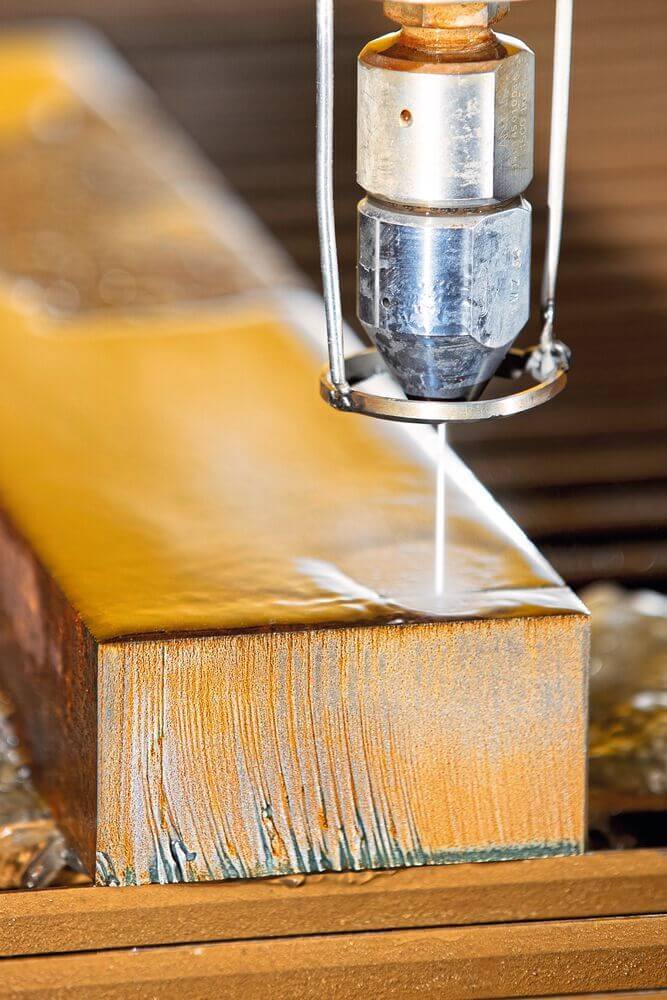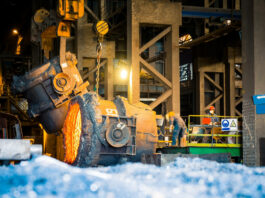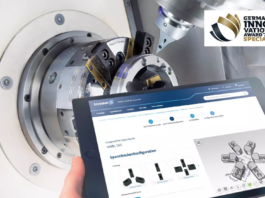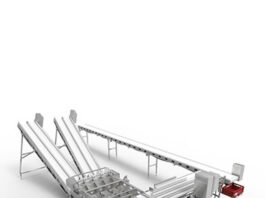
With the emergence of ever newer materials, manufacturers are automatically faced with the question of how to process them.
The water abrasive suspension cutting process developed by ANT Applied New Technologies AG regularly proves to be an economical all-rounder with unique properties and possibilities.
In many industries, materials research regularly develops new materials for which suitable machining processes must be found. These range from new types of ceramics and glass to high-performance metal alloys and modern composite materials and plastics. For a large number of these materials, cutting with a water abrasive suspension (WAS) cutting jet is a technically superior and economically worthwhile machining method. In some cases, water jet cutting is even the only possible cutting technology.
Most cutting and separating processes generate heat, which can influence the properties of the materials. This is especially true for laser and plasma cutting, but also applies to cutting with geometrically defined cutting edges. For example, a change in the structure of metals can affect the strength or cause discoloration of the material. In contrast, cutting with WAS does not generate any heat. Accordingly, the material properties of the material are retained after machining. Likewise, cutting with WAS jet does not cause any hardening, tension or material deformation.
Composite materials can also be processed without any problems using the ANT process. In general, these are considered difficult to machine due to their different layers. For example, fraying on the cut edges can occur repeatedly with different machining processes. The separation of the layers from each other, the so-called ‘delamination’, is also a recurring problem. With the WAS process, these problems can be easily avoided by fine adjustment of the cutting jet and adjustment of the water pressure.
The WAS process is similarly powerful in terms of material thickness. Thanks to an air-free water jet, the innovative ANT process enables previously unattainable cutting depths. Thicknesses of up to 1000 mm are possible and this with a very good surface structure. the company promises.
Even with enormous material thicknesses, the cutting system operates at a maximum pressure of only 1500 bar, which among other things results in less wear and energy consumption.


